- Home
-
Our tours
- Our tours
- Africa
- Asia
- Latin America
- North America
- Oceania
- Holiday types
-
Accommodation
- Accommodation
- Africa
- Asia
- Latin America
- North America
- Oceania
-
Practical info
- Practical info
- Africa
- Asia
- Latin America
- North America
- Oceania
- Info & contact
- Blog
Travelogue from Kenya: Karibu Kenya and Happy Paradise in Mauritius
09.01.2020In September, our colleague Bianca and her father travelled to Kenya, rounding off with a beach holiday in Mauritius. Read about their experiences below.
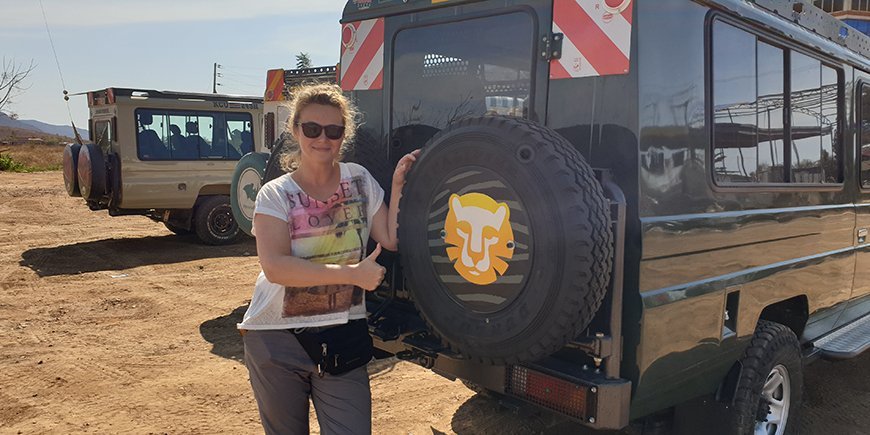
Twelve days in Africa awaited us! My 73-year-old father, who has been on safari before in South Africa, and I.
We landed in Nairobi early in the morning and, thanks to e-visas and fast baggage reclaim, were out in the still chilly, fresh morning air after almost 30 minutes. Charles, our driver and guide, gave us a friendly welcome and we set off on a somewhat different Karibu drive to Amboseli National Park.
Amboseli means “Land of Dust”, which is very apt. After a drive of around 5 hours, we arrived at our lodge, quickly freshened up and then headed off on our first game drive in the aforementioned dust… Amboseli is a small yet surprising park with many different landscapes and many different animals. We saw giraffes, waterbucks, hippos, pelicans, buffaloes, a cheetah, leopards in a tree and lazy lions. Not a bad start!
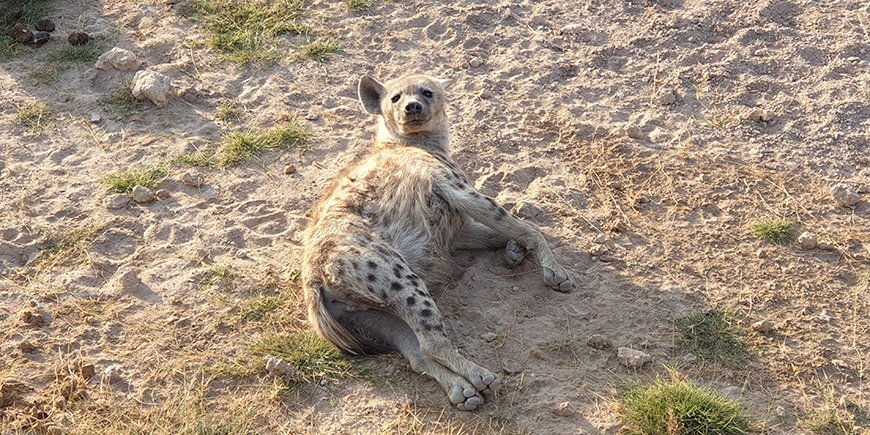
But you might as well refrain from “freshening up” before going on safari as you’re covered in fine dust by the end of it!
We left Amboseli National Park 2 days later and made an extra stop in Nairobi to visit the David Sheldrick elephant orphanage. The orphaned elephants are fed here every day at 11 am, and you learn about the correct way to rear the elephants and release in them into the wild at the end of the adoption period. An absolute must for elephant lovers!
Afterwards, we enjoyed a delicious dinner at Karen Blixen Tamambo Café & Restaurant.
We then drove on to Lake Naivasha, a bumpy ride of around 2½ hours.
We got to enjoy the scenery in a small boat on the lake together with a very talkative, young guide. Time seemed to stand still here. Various bird species use the bizarre trees in the water as their breeding ground, a few zebras and waterbucks were grazing on the riverbank, and mighty hippo families were floating peacefully in the water – at a safe distance from us.
After a very long day and having driven many miles, Lake Naivasha was a wonderful place to unwind in the early hours of the evening.
The next day we drove to Lake Nakuru National Park, a small yet interesting park with a large lake and small waterfalls. We even saw a couple of rhinos here. So that was the Big Five ticked off! (The Big Five: the lion, the buffalo, the rhino, the leopard and the elephant)
The next day, we headed to Masai Mara.
We drove through the Masai capital Narok and were astonished by the number of people at the roadside markets. It was loud, diverse and exotic, and we really wanted to stop and mingle with people. But we carried on along a road which could barely be described as a road – and enjoyed a free African “massage”!
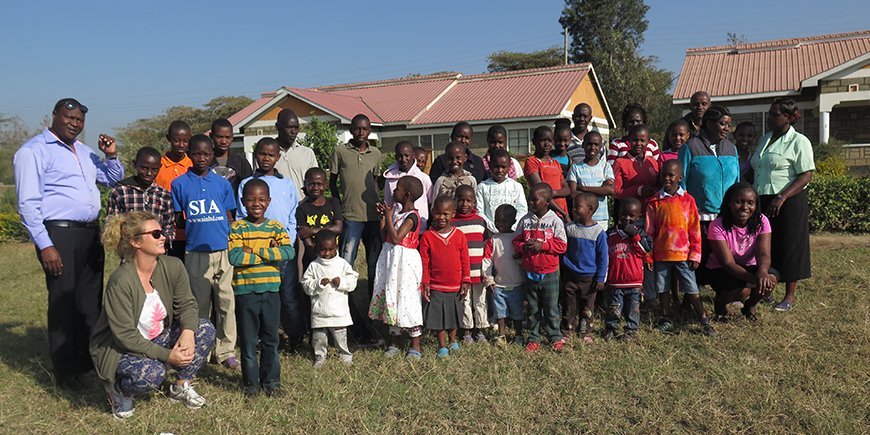
We made a short stop at an orphanage supported by Africa Safari. I handed over the donations collected by my 11-year-old daughter’s class and was delighted to see the children laughing and playing.
We arrived at our lodge late afternoon and, after dinner, we set out on our first game drive in what is perhaps Kenya’s best known park. Masai Mara covers an area of around 1,500 km2 and is part of the
Serengeti ecosystem. More animals live here than anywhere else in Kenya. The name Masai Mara consists of the word Masai in the Masai tribe and the word “Mara”,which means “dotted”. (Seen from above, the individual trees on the savannah look like dots/spots).
We saw a very large number of beautiful animals here.
Our absolute highlights:
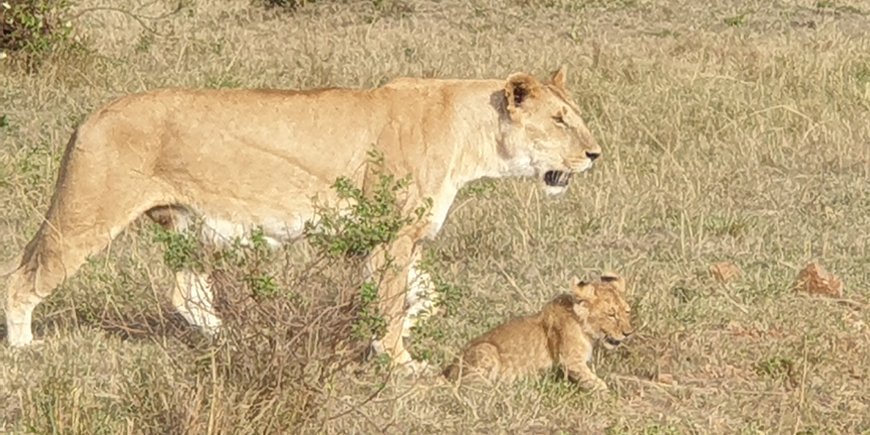
Lions with their cubs, a male lion with fresh prey, playful hyenas, a golden jackal, an albino monkey and a baby elephant with its family. It goes without saying that you can also see many giraffes, zebras, gazelles, impalas, buffaloes, wildebeest, etc., in Masai Mara.
After a week filled with amazing sights and impressions, it was time to say goodbye to “Kwhaeri Kenya” – we’ll definitely be back!
We flew from Nairobi to Mauritius – around a 4½-hour flight – and we arrived at our hotel on the south coast in the evening.
We spent the days that followed getting to know the different coasts and our hotels.
- South coast: Bel Ombre
- South-west coast: Le Morne
- West coast: Tamarin Bay, Flic en Flac, Point aux Pimentes (Grand Baie)
- North-east coast: Grand Gaube
- East coast: near Mahebourg
On the second to last afternoon, we wanted to go shopping in Port Luis, where there are shopping malls, markets and a lot of small shops.
It’s easy to get around in Mauritius (and they drive on the left!). Buses run around the island, and you can travel short distances by taxi or explore the island in a hire car.
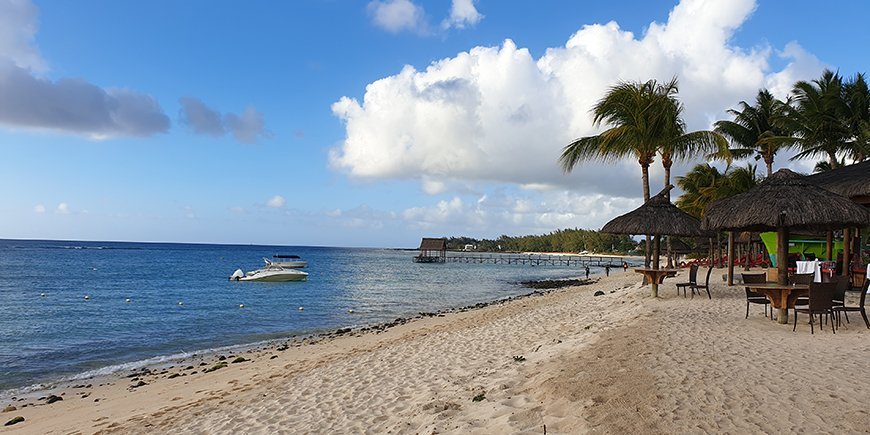
There are countless beaches and wide, white and natural beaches with small coves. But the island’s culture is what makes Mauritius so unique and diverse! People of all different religions live together peacefully here.
Bianca,
TourCompass – From tourist to traveller
